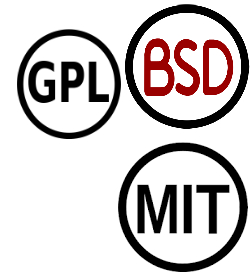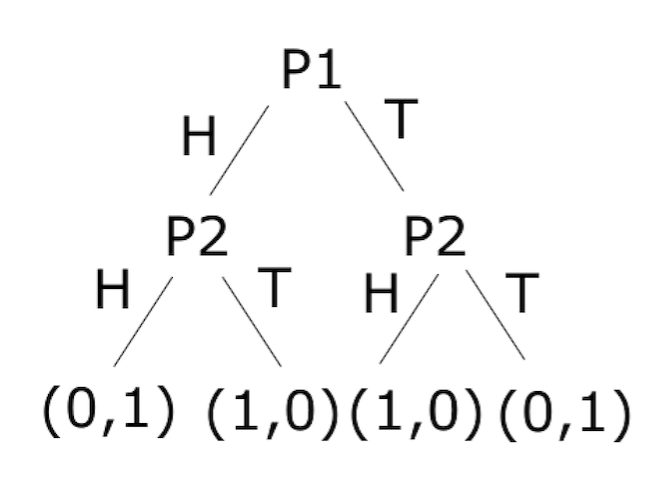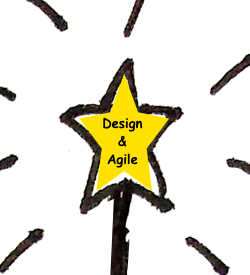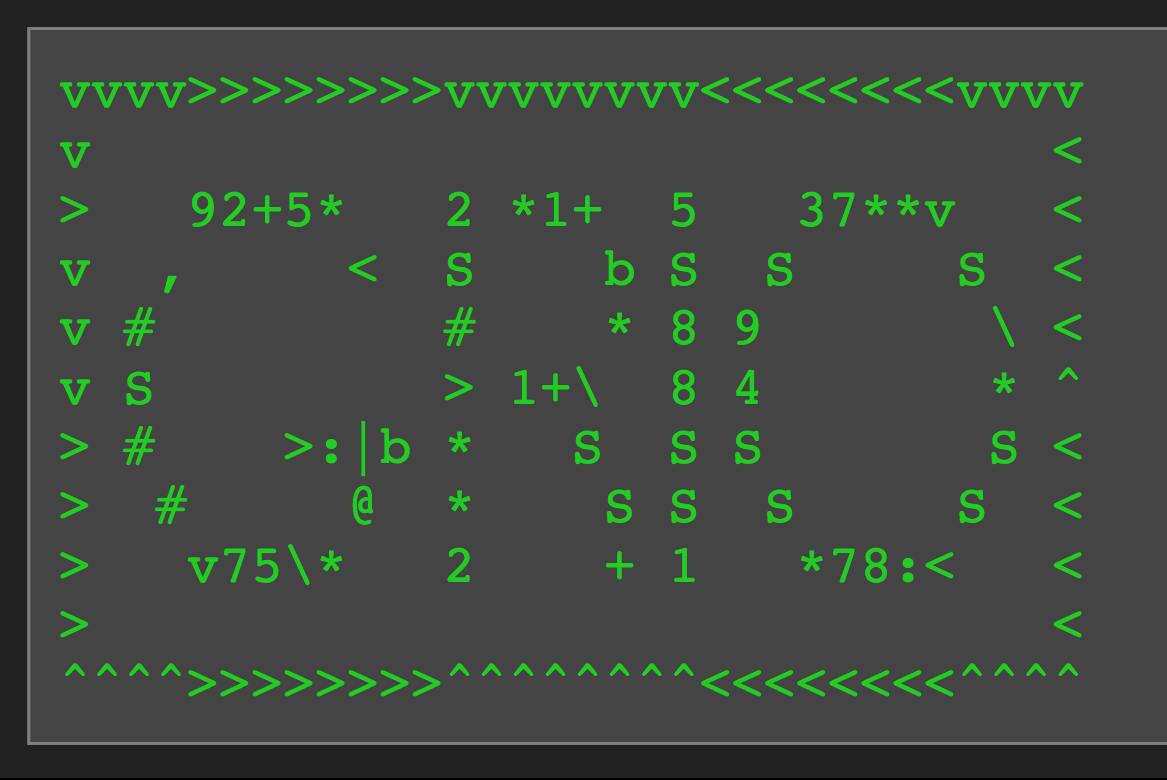Centaurs Versus the Total Perspective Vortex: Data Visualization and Complexity
Data visualization projects are probably what first drew me to software. I loved the idea of creating tools with beautiful interfaces that allowed people to see, interact, and play with big systems and concepts that are ordinarily hidden from view. Our lives are shaped and shaken by complex forces; making them tangible is a potent challenge, and one that really speaks to me.
In this post, I’d like to talk about some of the ways data visualization holds utility as a means of democratizing systems thinking, some considerations for how this can be effectively achieved, and how we might think of data visualization as a tool in our kit when approaching Big Serious Complex Problems.








